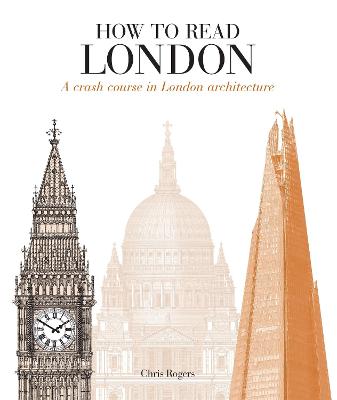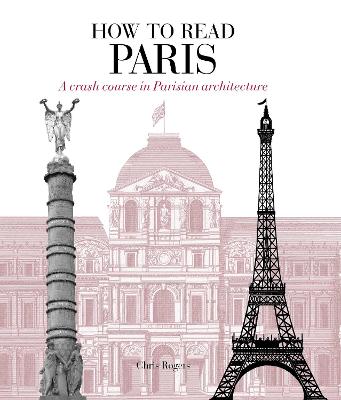How to Read
2 total works
How to Read Paris is a pocket-sized guide to understanding and appreciating the architecture of Paris. Packed with detailed drawings, plans and photographs, and covering squares, bridges, streets and monuments as well as buildings, it is both a fascinating architectural history and an effective I-spy guide - a must-read...
Read moreHow to Read Paris is a pocket-sized guide to understanding and appreciating the architecture of Paris. Packed with detailed drawings, plans and photographs, and covering squares, bridges, streets and monuments as well as buildings, it is both a fascinating architectural history and an effective I-spy guide - a must-read for anyone with an interest in this fascinating and beautiful city. Compact enough to carry in your pocket yet serious enough to impart a real understanding, this handy reference guide.


